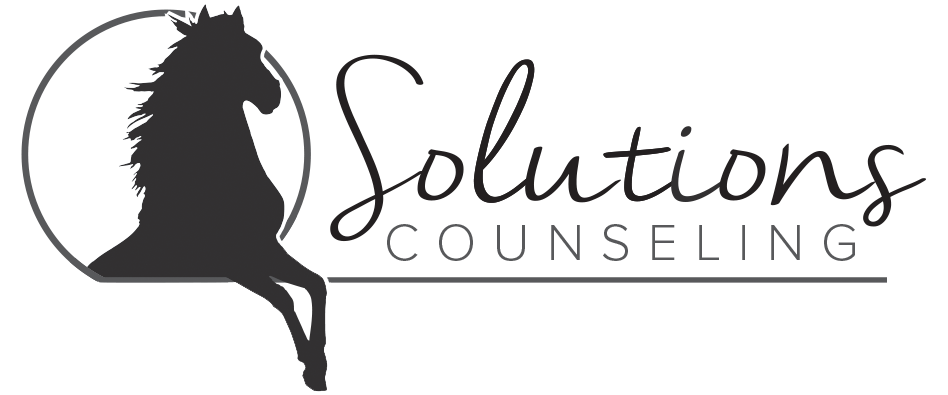Stopping the Pain Cycle – Part 2 – Chronic Pain
/Although it is likely that no one would ever admit that they are intentionally keeping themselves in pain, many of us unknowingly think, feel and behave in ways that are keeping us in pain. Chronic pain can last months to years following an injury and in some cases does not have an apparent cause or injury site.
For those of us that experience chronic pain, it can seem like a never ending process. You start the day, hoping to feel better, hoping to get the things done that you need to get done, limiting activity so that you don’t increase the pain and feeling depressed that this will be just another day where the pain rules our life. Unknowingly, we enter into the pain cycle. The pain cycle is a way that our thoughts, emotions, and actions keep us in pain, regardless of the actual injury, illness or source of the pain.
As pain continues, we may develop unhealthy thoughts about ourselves and our situation which indirectly increases our pain. “What’s the use of even trying to do anything, I am only going to increase my pain anyway. I just can’t do anything anymore. I am just worthless.”
Unhealthy thoughts, can lead to emotional issues such as depression, anxiety, low self-esteem and in extreme cases psychosomatic symptoms that increase our pain and decrease our ability to effectively cope with daily activities.
For many of us, our common sense would tell us, that if we hurt we should just rest and avoid physical activities so that we do not increase our pain. This unfortunately can backfire and actually lead to an increase in pain and discomfort. Being immobile or physically inactive can lead to our muscles becoming weaker, physical deconditioning, increased weight retention, poor body posture and ultimately an increase in pain.
There is no easy answer to the best way to handle chronic pain when it is at its worst but we can take steps to manage our unintentional contributions to our pain.
Paying attention to our thoughts is an important way to manage our pain. Even on rough days, having an outlook that things are improving can have a positive impact on our pain management. It is important that we focus on things that we can do instead of the things that are difficult because of pain. This can include breaking daily tasks down into smaller parts so that activities do not seem so overwhelming. Instead of trying to complete 10 things on our daily to do list, we can find two or three and work to accomplish these tasks. We must support ourselves and our accomplishments, no matter how small they are. If we are able to get up, get dressed, and make our bed, we need to feel good that we accomplished these things. We need to remember that we cannot compare ourselves to others or what we were like before our chronic pain.
Another important change is to increase our daily physical activity by increments so that our body can remain strong and we avoid over doing it and causing a flare-up in pain. By starting slowly and setting easily obtainable goals, we can increase our activity such as walking down the drive way or around the block, performing household tasks or participating in a recreational activity without over doing it.
It is also important to keep in mind, that we are more than our pain. We are people with hopes, dreams, family and friends. We can continue to live our lives by doing the things we love to do, interacting with the people that are important to us, and enjoying life by having fun. Please keep in mind, that if you are struggling with emotions such as depression, anxiety, and low self-esteem, seeking the assistance of a counselor can help you work through these emotions so that they do not continue to contribute to the increase of your pain and decrease your quality of life.
By increasing our awareness and setting the intention to monitor our thoughts, actions and emotions we can have a positive impact on our chronic pain. Professional counseling services focused on helping you to manage your chronic pain are available. For more information, contact Misti at Solutions Counseling. Just click here!



